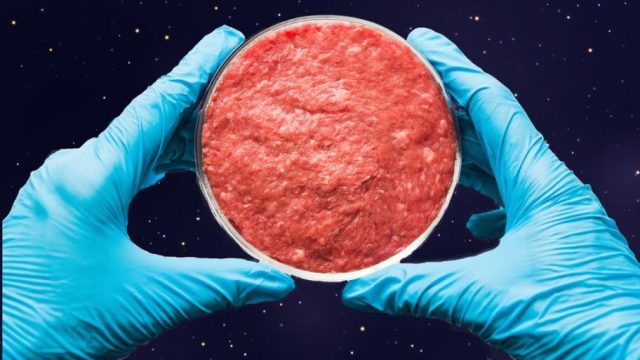
Meat made in space will soon stock your supermarket shelves as technology has found a way of creating meat from cells. With the idea of preserving the existing traditional agriculture, while bringing onboard a better alternative to factory farming, scientists have introduced a new technology of manufacturing meat products.
Tests done using a 3D printer in space led to the production of beef, rabbit and fish tissue. Estimates have revealed that the arrival of laboratory-grown meat on supermarket shelves at reasonable prices could happen in 5 to 20 years.
For instance, BlueNalu a startup created in 2018, is developing a technological platform that can be used to design various seafood products, mainly fish filets without bones or skin. With already existing scientific literature on stem cells, biological engineering or organic tissue printing, production can be fully optimized.
“The market opportunity is enormous, especially for seafood. Global demand in the world is at an all-time high,” said BlueNalu CEO Lou Cooperhouse.
Scientists are still debating on what to name the meat products, although the tastings have already taken place. A handful of startups have invested in the niche but the cost of production is still very high as none of the products are available for sale. Investors are banking on small-scale commercialization which is picking up.
These cell-based meat and fish products can transform the production system by reducing the number of animals slaughtered for meat. Although the industry is making progress on science, the real environmental impact, particularly in terms of energy consumption, and safety is unknown.
The industry will need more investment, as it only attracted $73 million last year, according to The Good Food Institute, an organization promoting alternatives to meat and fish. Also, regulation remains an obstacle.
